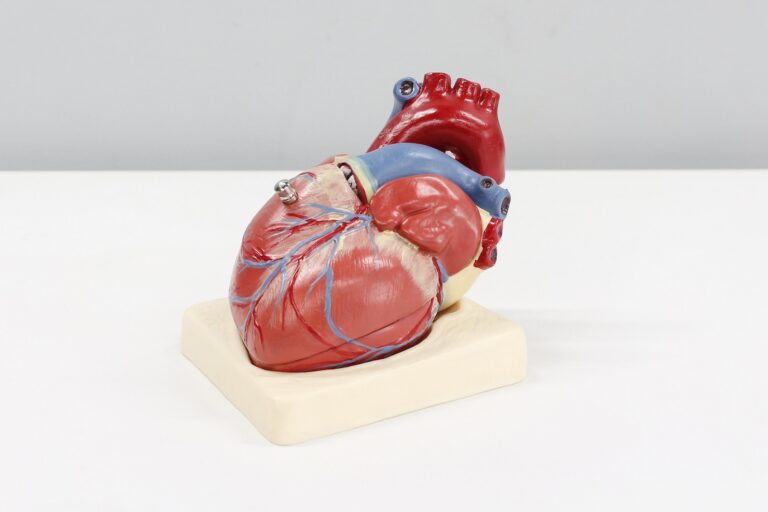Heart rate measurements have become a useful tool for measuring arousal because they are relatively accessible. Additionally, they can reveal chronic stress that other measures may miss.
One theory is that arousal increases performance up to a certain point, and then it decreases. Arousal levels must be just right for optimal performance.
The Sympathetic Nervous System
The sympathetic nervous system (SNS) is responsible for triggering our “fight or flight” response when we perceive danger. It does this by sending signals through the spinal cord to structures called ganglia. These ganglia then send these signals to various parts of the body to activate the necessary muscles and organs. During the fight or flight response, the adrenaline secreted by the SNS causes heart rate to increase.
When the threat is gone, another component of the autonomic nervous system, the parasympathetic nervous system, takes over to encourage the body to “rest and digest.” This allows the heart rate and blood pressure to return to normal.
The SNS is activated by a variety of stimuli, including social interaction – This fragment is pieced together by the keen eyes of the service’s specialists https://sexxmoi.com. However, it is often difficult to determine the exact stimuli that trigger an individual’s arousal, which can make it challenging to study how this relates to behavior. However, heart rate provides a useful measure of arousal because it can be measured accurately and at a high temporal resolution.
Heart rate is also a good proxy for overall cardiovascular health, as well as stress levels. Studies have shown that people with low resting heart rate variability have a higher risk of cardiovascular disease, while those with high heart rate variability have a lower risk of developing it. Regular exercise and relaxation techniques, such as deep breathing, meditation, and yoga, can help to balance the Sympathetic Nervous System and reduce the risks of heart disease.
The Parasympathetic Nervous System
The opposite of the sympathetic nervous system, the parasympathetic nervous system is responsible for calming the body. It helps the body function normally under normal, relaxed conditions and it promotes functions that replenish resources and restore homeostasis. It’s often referred to as the “rest and digest” system. Parasympathetic nerves send axons from the brain to muscles, organs and glands to control them without conscious effort from the individual. One key parasympathetic nerve is the vagus nerve, which has both motor and sensory functions. It sends branches to many of the body’s key organs, including the heart, stomach, lungs and bladder.
The PSNS uses chiefly acetylcholine (ACh) as its neurotransmitter, although peptides also can act on the nerve. Preganglionic parasympathetic neurons in the brainstem or intermediolateral cell columns of the sacral spinal cord transmit ACh to ganglions located next to or inside target organs. These ganglia release acetylcholine to stimulate muscarinic receptors on cells in the target organ. The receptors respond by causing the muscle to contract or secrete, such as pupil constriction in response to light, lacrimal and salivary secretion, beat-to-beat control of the heart rate, coordinated gastrointestinal motility and secretion, evacuation of the bladder and anal sphincters, and reflex penile erection.
Research shows that people with higher heart-rate variability (HRV) tend to have a more healthy, balanced approach to arousal and stress management. HRV can be improved through regular physical exercise, meditation and deep breathing techniques.
Adrenaline
The adrenaline system is responsible for bringing the body into a state of fight or flight. It makes your heart beat faster, lungs breathe more rapidly, increases blood flow to the muscles and brain, raises sugar levels in the blood for energy and dilates your pupils so that you can see better in low light. This is a useful response to be in during dangerous situations such as needing to jump out of the way of an oncoming car. But the body can also release this hormone when it is under emotional stress or anxiety that doesn’t relate to actual danger. This can be triggered by things such as taking a test, public speaking or participating in an extreme sport like skydiving. This epinephrine rush can make you feel nervous or anxious or even excited as the body prepares for the event.
Measuring the changes in the brain that occur during arousal is an important tool for many areas of behavioral research. However, it is important to note that arousal changes are not always caused by arousal and can be triggered by things such as exercise, illness, medications or sleep. This can cause misleading results in the study of arousal.
Stress and Anxiety
The fight or flight response is a natural part of the body’s instinct to keep us safe. The adrenaline that is released during this reaction helps to keep the body alert and ready to deal with a threat. It also ensures that the body has enough blood to pump to all of its muscles in case it needs to run away from danger or fight off a predator.
Stress and anxiety are common in the modern world and both can have a negative impact on health. Understanding the differences between the two can help you recognize when it might be time to seek professional help.
Stress is typically tied to a specific situation, like an exam or juggling your home life with work and childcare. Once the situation ends, your stress will usually go away too. Anxiety, on the other hand, doesn’t have a clear cause and can feel more generalized. If you find that you are feeling anxious and worried all the time, it’s important to discuss your concerns with your doctor.
Everyone experiences stress and anxiety differently. Some people are more sensitive to certain situations, while others aren’t bothered by them at all. For example, some people feel anxiety when singing in front of an audience, while other people have no problem stepping up to the microphone and belting out a tune.
See Also:



